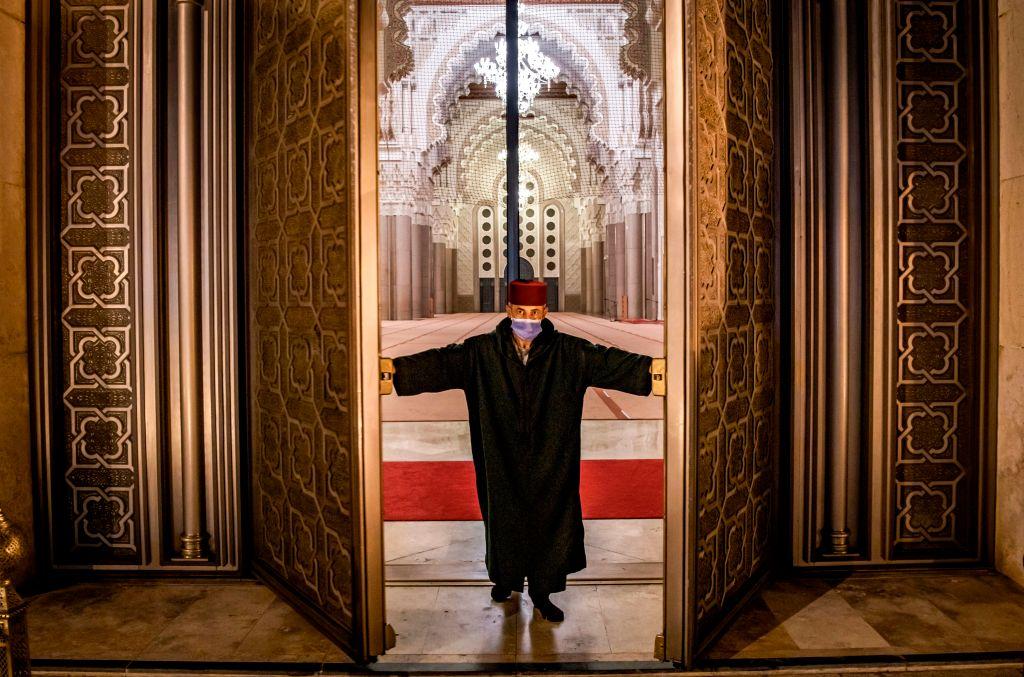
The Taliban’s return to power in Afghanistan and their theocratic dispositions have once again put the spotlight on the different brands of Islam that have come to feature in the Muslim world. The Taliban claim that the Islam they practice is pristine. Yet, their version is not upheld by authorities in most of the Muslim world. Morocco is one of the Muslim majority states where Islam is revered and practised as a faith and way of life, but in variance to the Taliban’s extremist brand that is more ‘back to the future’.
Undoubtedly, at the macro level, all followers of Islam, irrespective of their sects and socio-political shades, believe in three essential components of the religion: that Allah (God) is the creator and mover of the universe, and He is omnipotent, omnicompetent, omniscient and beyond any form of reproach; that Prophet Muhammad is His messenger, commissioned to create God’s kingdom on earth; and that the Quran (Holy Book) is an unconstructed text of the words of God.
The Quran and the Prophet’s deeds (Sunna) form the primary sources for the construction of sharia (Islamic) law, within whose framework Muslims can organise and conduct themselves on the righteous path and manifest God’s greatness on earth.
At the micro level, different manifestations of Islam have emerged in the course of history. After the Prophet’s death in 632, Islam became pluralist from both within and outside and couldn’t be as monolithic as originally envisaged. Islam experienced inner schism with the emergence of two main sects—the majority Sunni and minority Shia—each with different subsects and schools of thought, and interacted with different cultural and social norms and practices as it spanned diverse societies. In the process, the religion Islamised many aspects of these societies but also yielded to some of their social and cultural influences. Hence there are diverse ideological interpretations and applications of the religion, and its differentiated deployment as an ideology of resistance and reassertion for a range of societal transformations in different parts of the Muslim domain.
In today’s world, different brands of Islam are operational. The Taliban’s Salafist and Deobandi Sunni Hanafi theo-political version, which is also pursued in some Sunni variation by such militant groups as al-Qaeda and Islamic State, stands very much on its own. The group’s literary and narrow interpretation and practice of the faith stand in contrast to many others, including Iran’s specific Shia model, Saudi Arabia’s changing Wahhabi genre and the Moroccan ‘moderate’ brand.
Not to cast our net too widely, let’s briefly look at the Moroccan case that is opposite to that of the Taliban. As a predominantly Sunni Muslim state, Morocco’s version exudes two important aspects in its promotion of an amiable Islam at the societal level. One is that the hereditary King Mohammed VI, whose lineage is traced back to the Prophet, has used his title of ‘Commander of the Faithful’ and protector of Islam, along with his extraordinary constitutional powers, to promote an anti-extremist or what some might call ‘progressive’ Islam. He has pursued this aim using a two-pronged approach that enables Islamists, formally and informally, to participate in the political arena while regulating their religious tone and dispositions in accord with the changing times.
He has leveraged the constitutionally enshrined multiparty electoral system of governance to provide the Islamists with participatory space in the political arena. In the five-yearly parliamentary elections, the Islamist Justice and Development Party is permitted to contest, along with other parties from the right, centre and left of the spectrum, for 325 seats, with the king appointing the prime minister as head of the government from the party that wins the largest number of seats. In the 2021 elections, the Islamist party suffered a historic defeat by winning only 13 seats. Yet, the fact that it is given the same opportunity as the other parties to contest the elections, as regulated as they may have been, is in contrast to many other Arab states where the Islamist parties are either banned or totally politically marginalised.
At the same time, compliance to an anti-extremist Islam is enforced. Under the king’s leadership, the state holds conferences, cross-fertilisation forums and educational enterprises for religious figures to affirm the virtue of Islam as a religion of peace and a tolerant communal way of life. While such historical educational institutions as the University of al-Qarawiyyin and its peer institutions, including the High Council of Ulema, serve as sources of consensus-building, there has also been a growing emphasis on the revival of Sufism or Islamic mysticism, which calls for finding ‘the truth of divine love and knowledge through direct personal experience of God’.
Within this framework, Morocco has now also grown as a hub for training imams from many West African Muslim states and communities—an initiative that has enabled the country to champion the cause of anti-extremist Islam beyond its own realm.
Of course, the Moroccan approach has its critics; the country is not exactly a liberal democracy but rather a form of constitutional monarchy. Even so, it has made a mark on how to limit the space for violent religious extremism through viable inclusionary, rather than exclusionary, processes.
Whatever direction the Moroccan religious march takes in the long run, it leaves the Taliban’s brand of Islam high and dry. The Taliban believe in neither election nor an elected head of state or a participatory system of governance. Pity Afghanistan and wherever else Islam is leveraged for notional gains, and where violence and human rights breaches are perpetrated in its name.